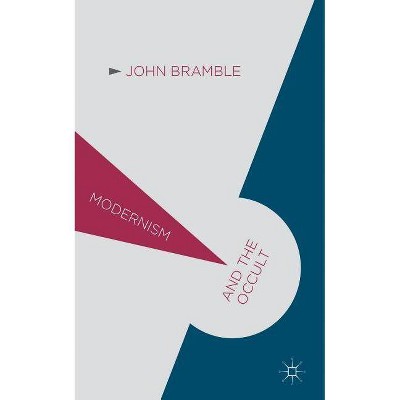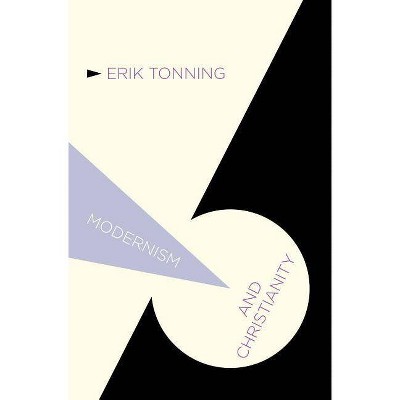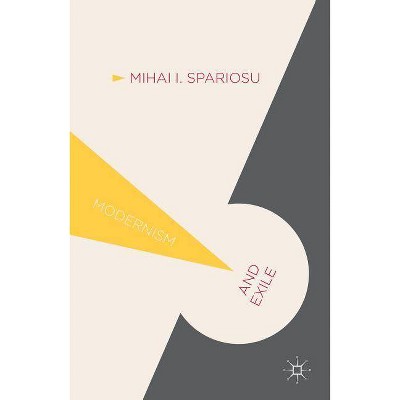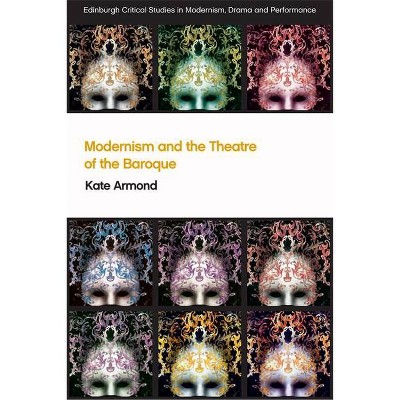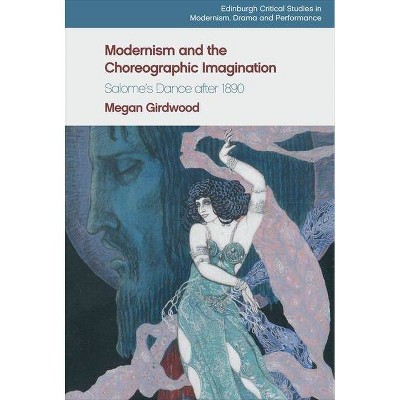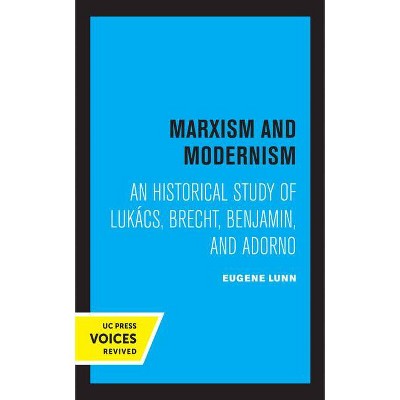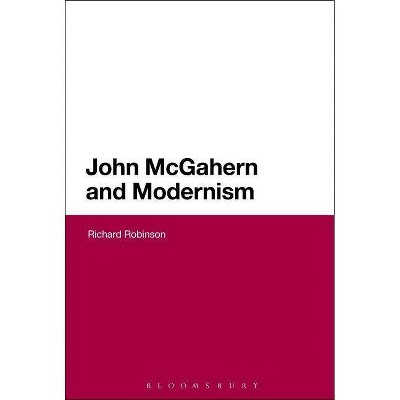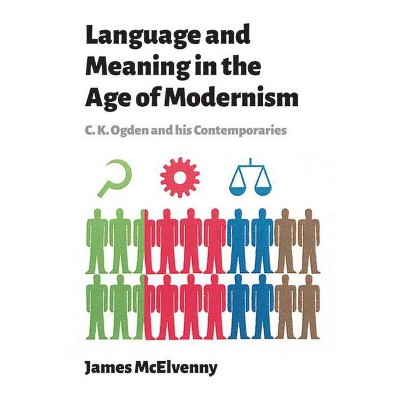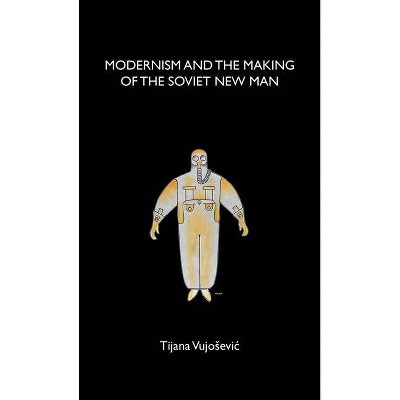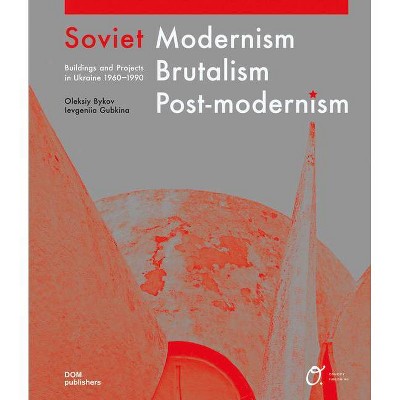Modernism and the Occult - (Modernism And...) by John Bramble (Paperback)
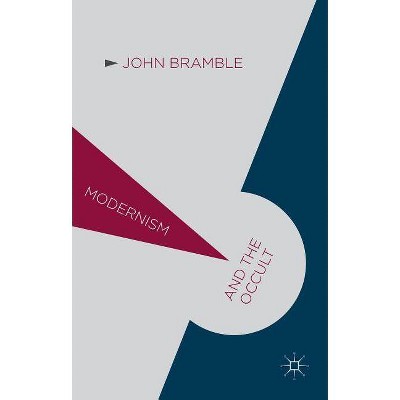
Similar Products
Products of same category from the store
AllProduct info
<p/><br></br><p><b> About the Book </b></p></br></br>"Building on art-historian Bernard Smith's insights about modernism's debts to the high imperial occult and exotic, this book explores the transcultural, 'anti-modern vitalist', and magical-syncretic dimensions of the arts of the period 1880-1960. Avoiding simplistic hypotheses about 're-enchantment', it tracks the specifically modernist, not the occult revivalist or proto-New Age, manifestations of the occult-syncretic-exotic conglomerate. The focus is high empire, where the 'Buddhist' Schopenhauer cult and Theosophy, the last aided by Bergson, Nietzsche and neo-Vedanta, brought contrasting decreative-catastrophic and regenerative-utopian notes into the arts. Another instance of the Eastward turn in modernist esotericism, the Fifties 'Zen' vogue is also considered. This is the first overview of what modernists, as opposed to sectarian occultists, actually did with the occult. As such, it reframes the intellectual history of the modernist era, to present the occult/syncretic as an articulative idiom - a resource for making sense of the kaleidoscopic strangeness, fluidity and indeterminacy of modern life"--<p/><br></br><p><b> Book Synopsis </b></p></br></br>Building on art-historian Bernard Smith's insights about modernism's debts to the high imperial occult and exotic, this book explores the transcultural, 'anti-modern vitalist', and magical-syncretic dimensions of the arts of the period 1880-1960. Avoiding simplistic hypotheses about 're-enchantment', it tracks the specifically modernist, not the occult revivalist or proto-New Age, manifestations of the occult-syncretic-exotic conglomerate. The focus is high empire, where the 'Buddhist' Schopenhauer cult and Theosophy, the last aided by Bergson, Nietzsche and neo-Vedanta, brought contrasting decreative-catastrophic and regenerative-utopian notes into the arts. Another instance of the Eastward turn in modernist esotericism, the Fifties 'Zen' vogue is also considered. This is the first overview of what modernists, as opposed to sectarian occultists, actually did with the occult. As such, it reframes the intellectual history of the modernist era, to present the occult/syncretic as an articulative idiom - a resource for making sense of the kaleidoscopic strangeness, fluidity and indeterminacy of modern life.<p/><br></br><p><b> Review Quotes </b></p></br></br><br><p>"Modernism and the Occult is comprehensive, making the fascination of modernist artists with the occult absolutely clear." (Leigh Wilson, Magic Ritual and Witchcraft, Vol. 12 (2), 2017)</p><p>"Modernism and the Occult is a worthy read for those who are interested in the development of modernity, European high empire, modern art, and the occult and the influence of Eastern thought upon it. He has done a stellar job undertaking the difficult task of bringing disparate strands of phenomena and thought together to construct a very particular view of a fascinating part of the history of modernity." (Della Campion, Reading Religion, readingreligion.org, October, 2017)</p><p>'Anyone wanting to understand modernism needs to read Bramble's book.' - Paul Edwards, Journal of Wyndham Lewis Studies<br></p><br><p/><br></br><p><b> About the Author </b></p></br></br><p>John Bramble, an Emeritus Fellow of Corpus Christi College Oxford, lectured in Classics at Oxford University, UK. His publications as a classicist include Persius and the Programmatic Satire (1974, reissued 2010), and contributions to The Cambridge History of Classical Literature Vol. 2 (1983). As a historian of mystical syncretism and religio-cultural mixing, he has contributed to The Subtle Body in Asia and the West (2013). </p>
Price History
Price Archive shows prices from various stores, lets you see history and find the cheapest. There is no actual sale on the website. For all support, inquiry and suggestion messages communication@pricearchive.us
